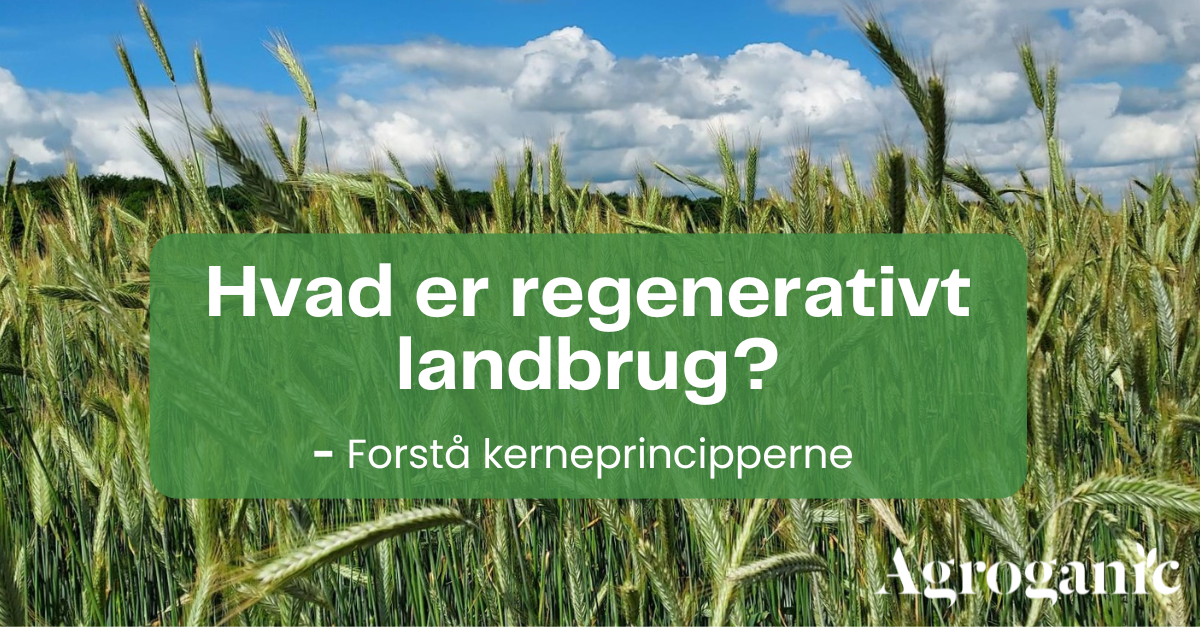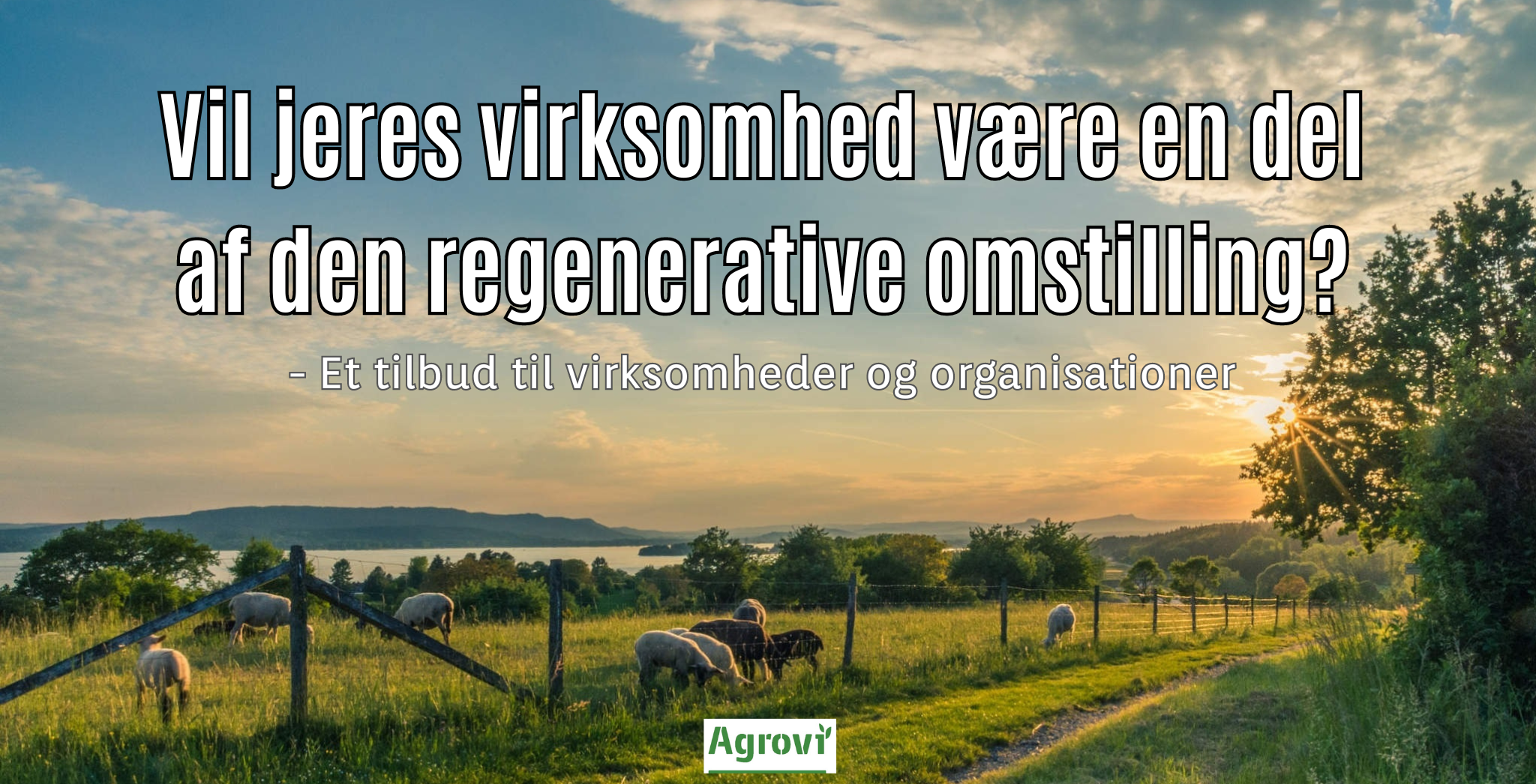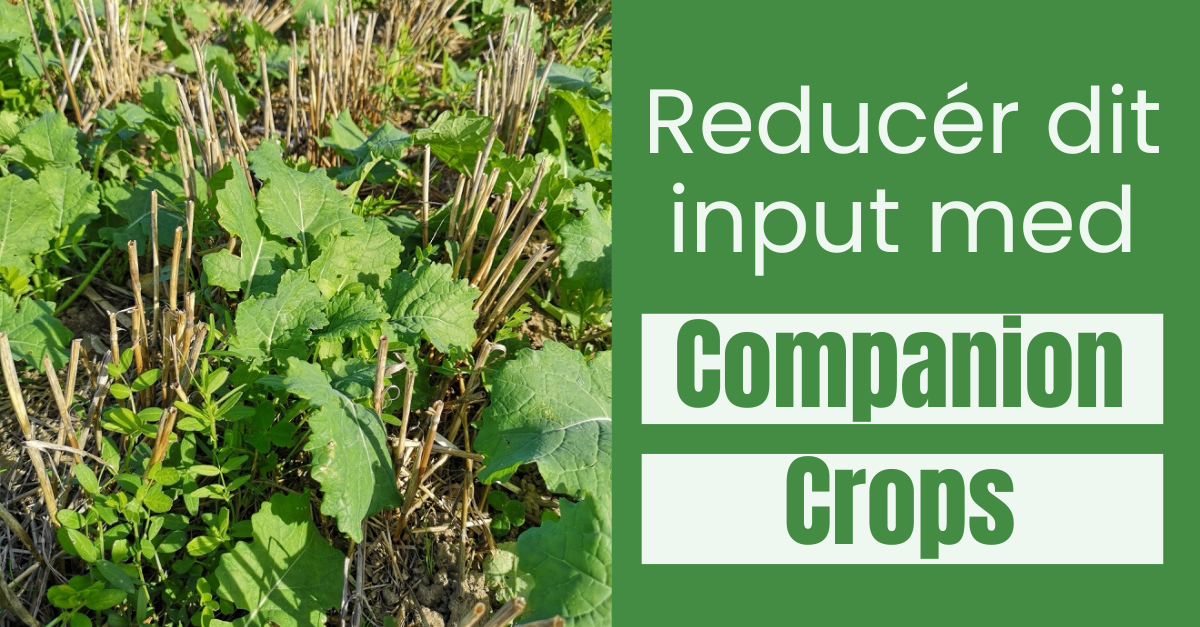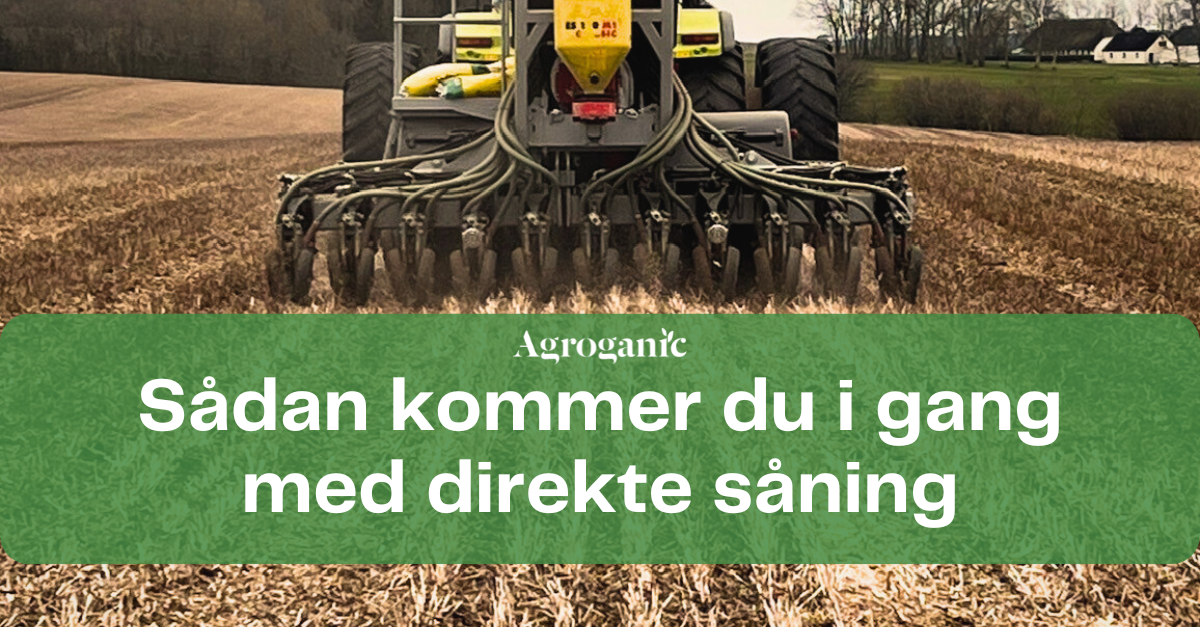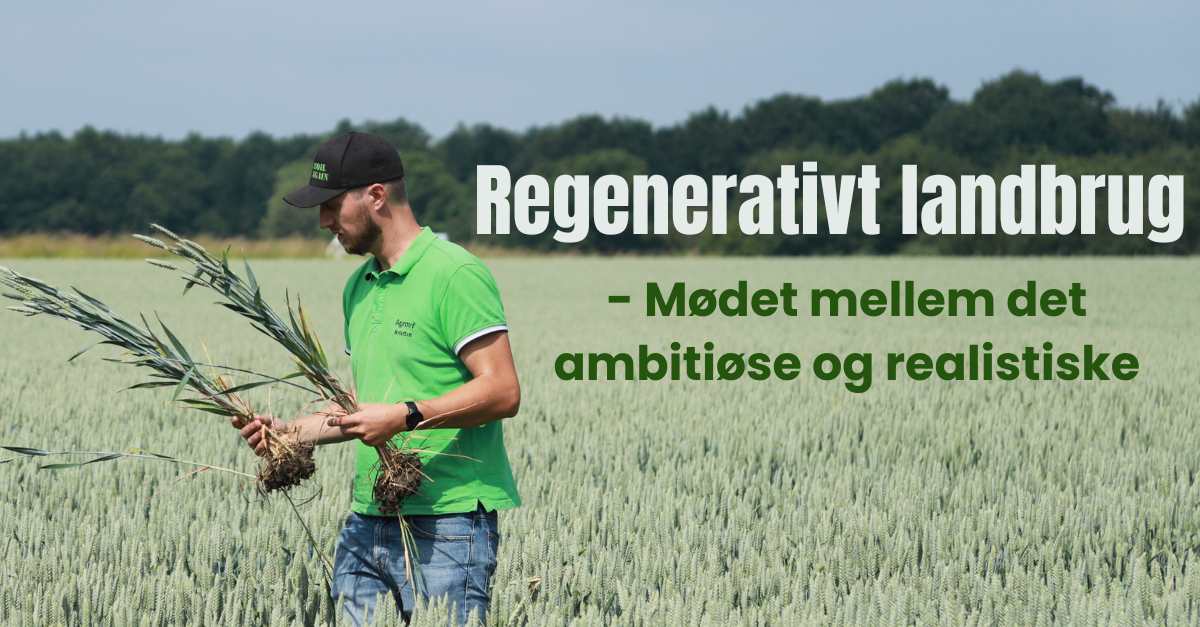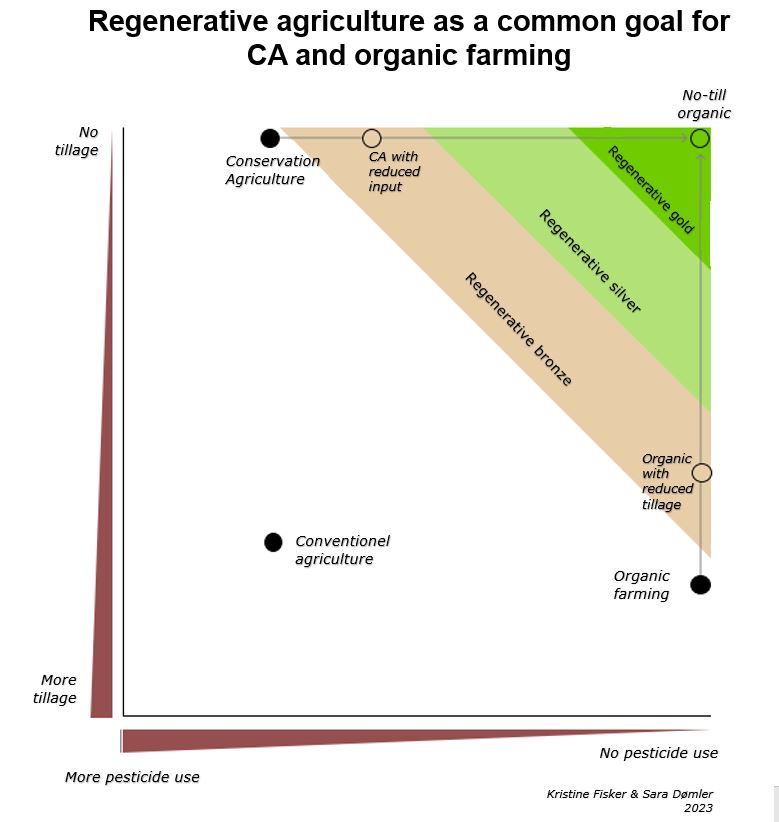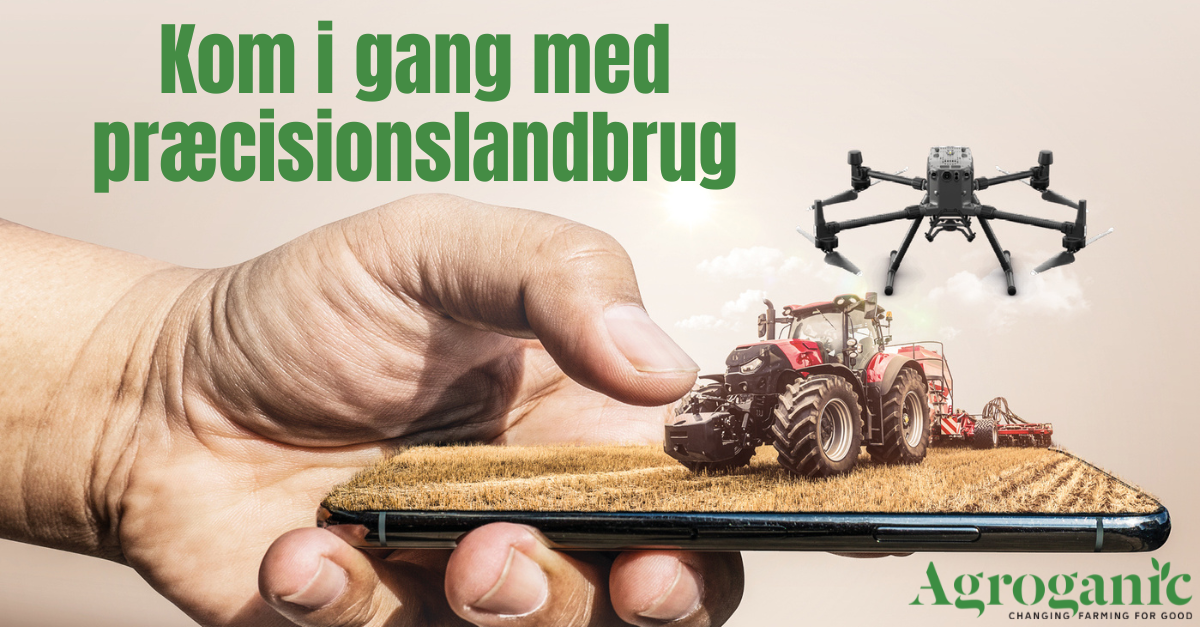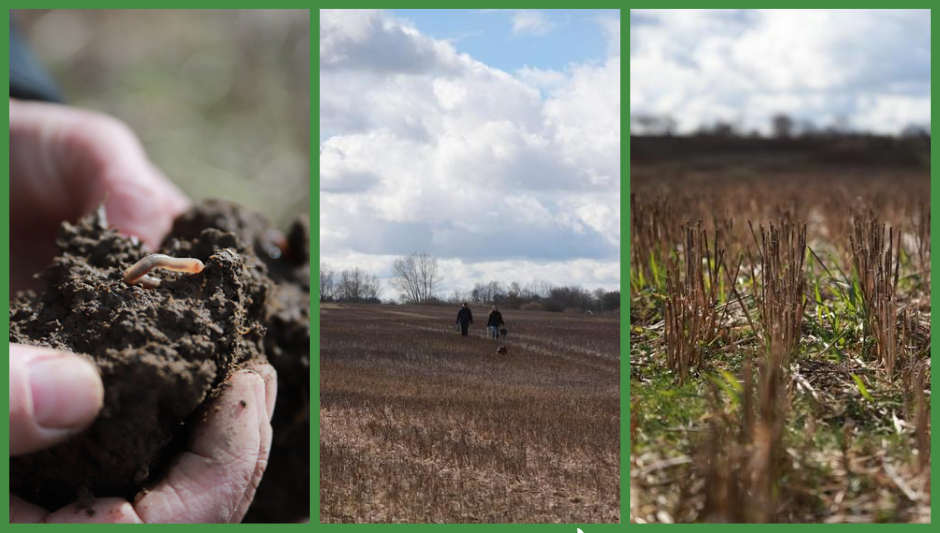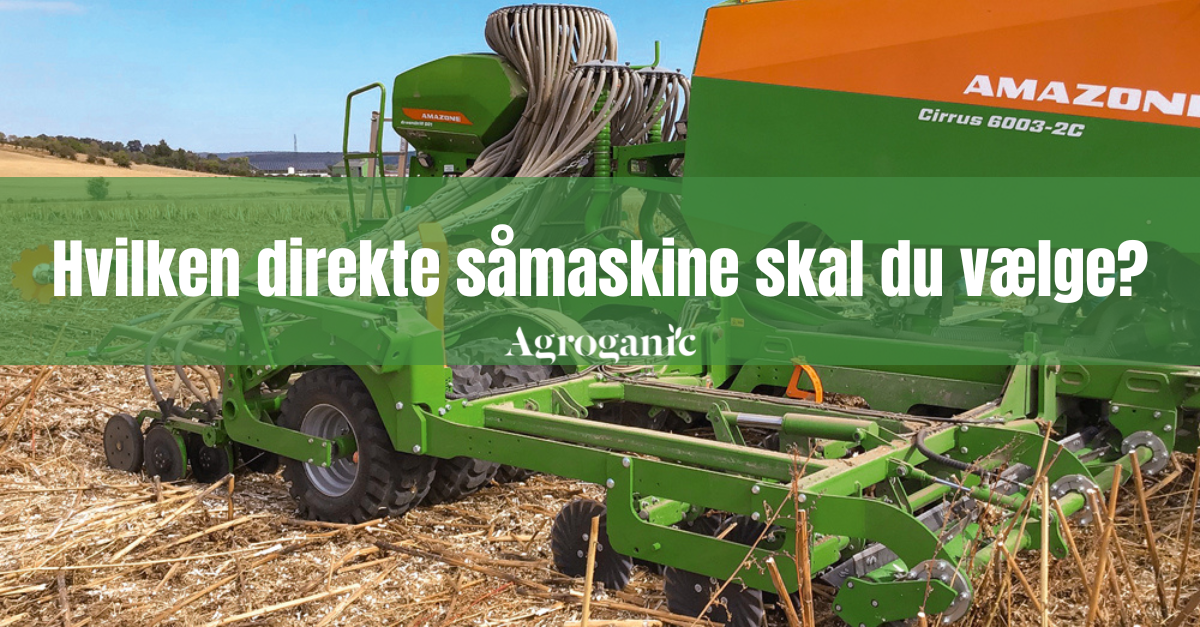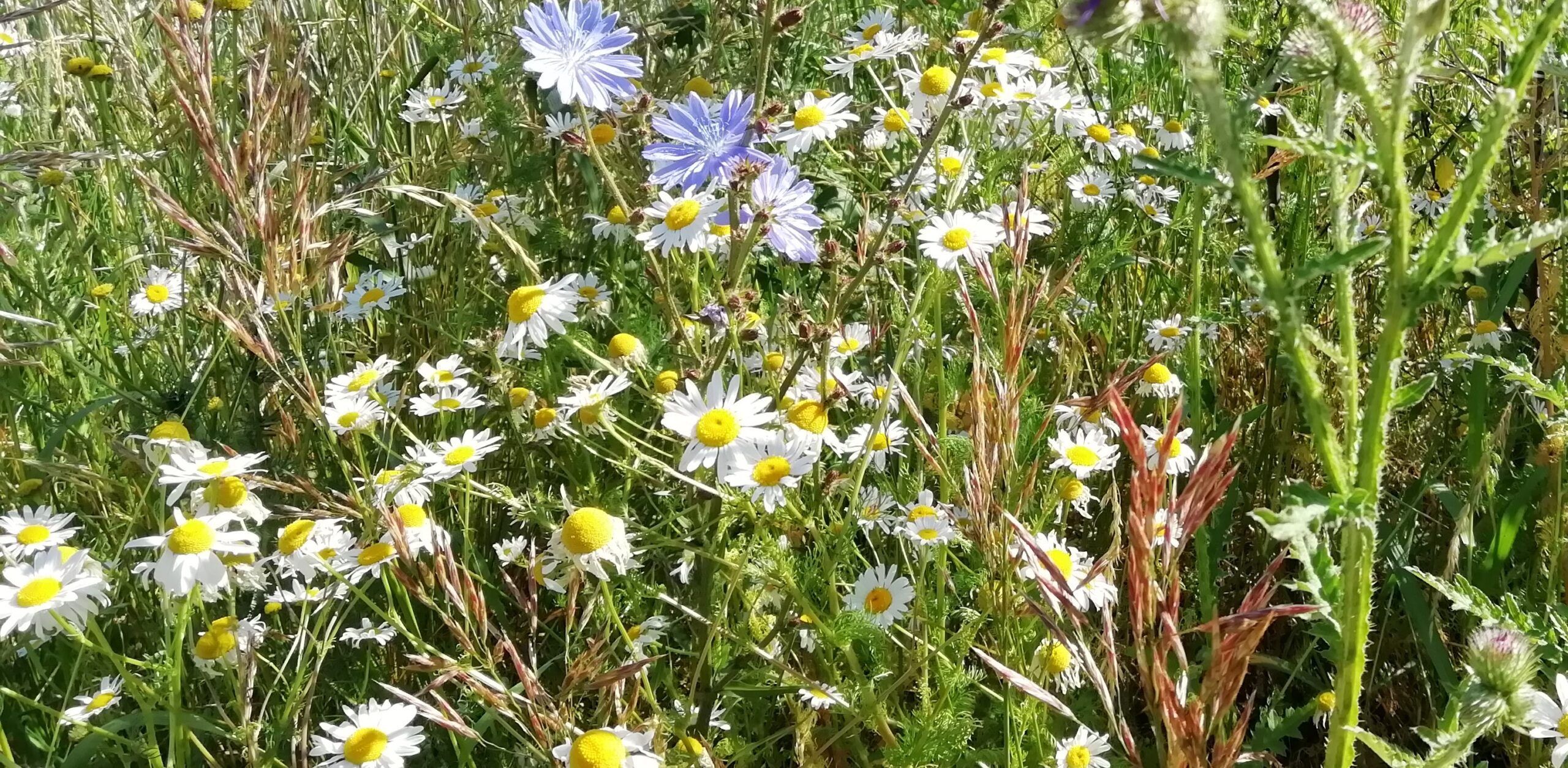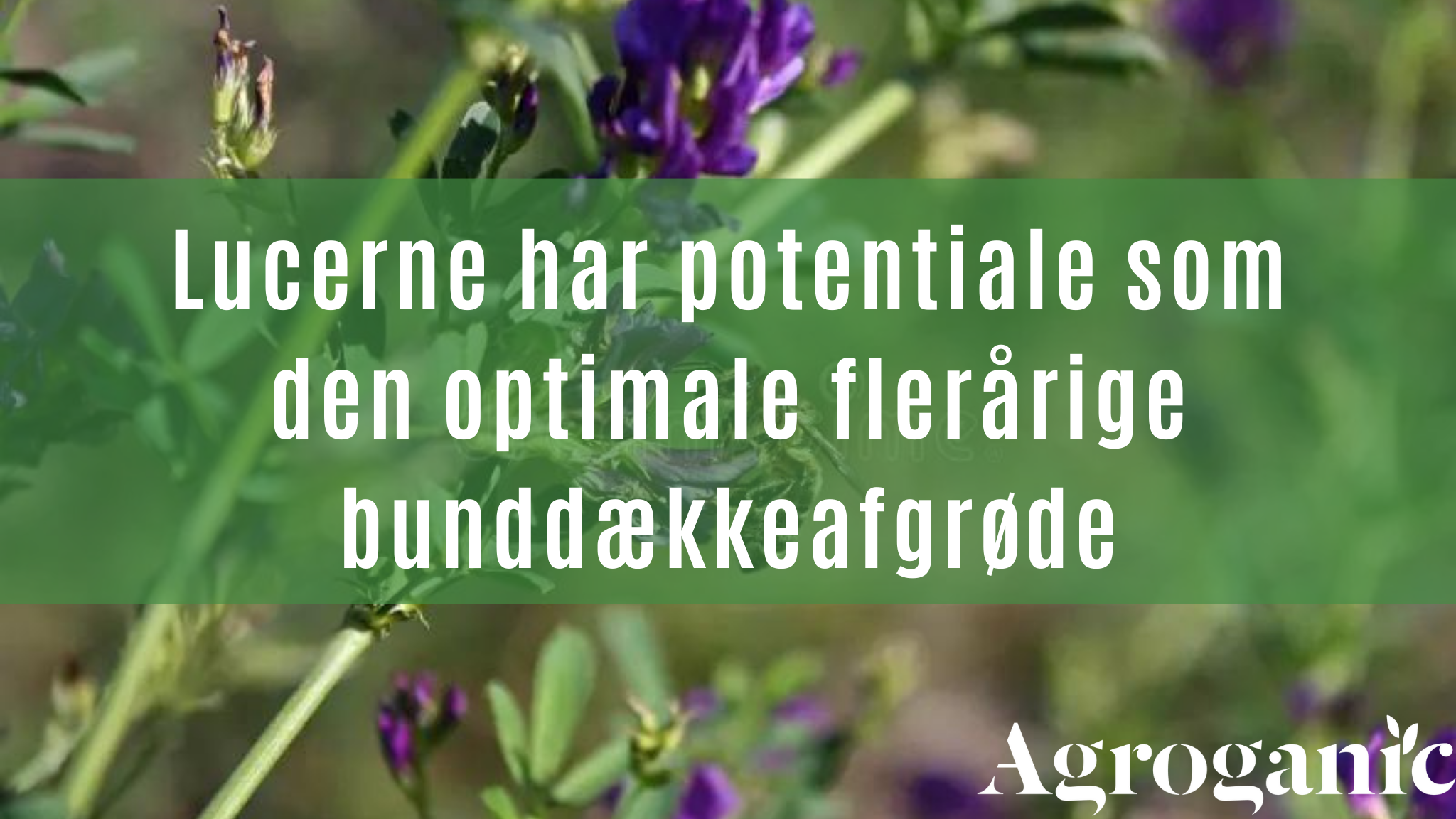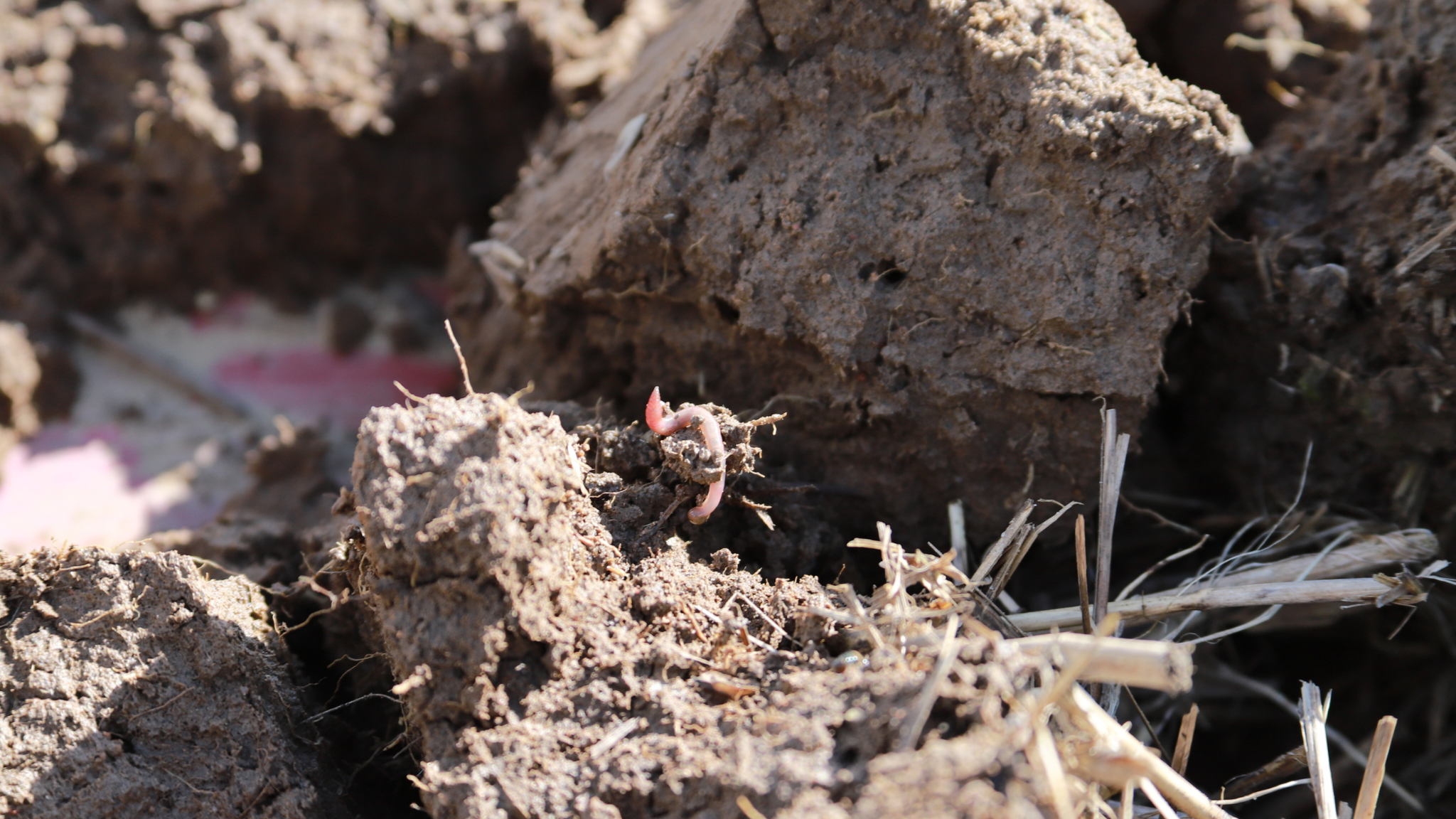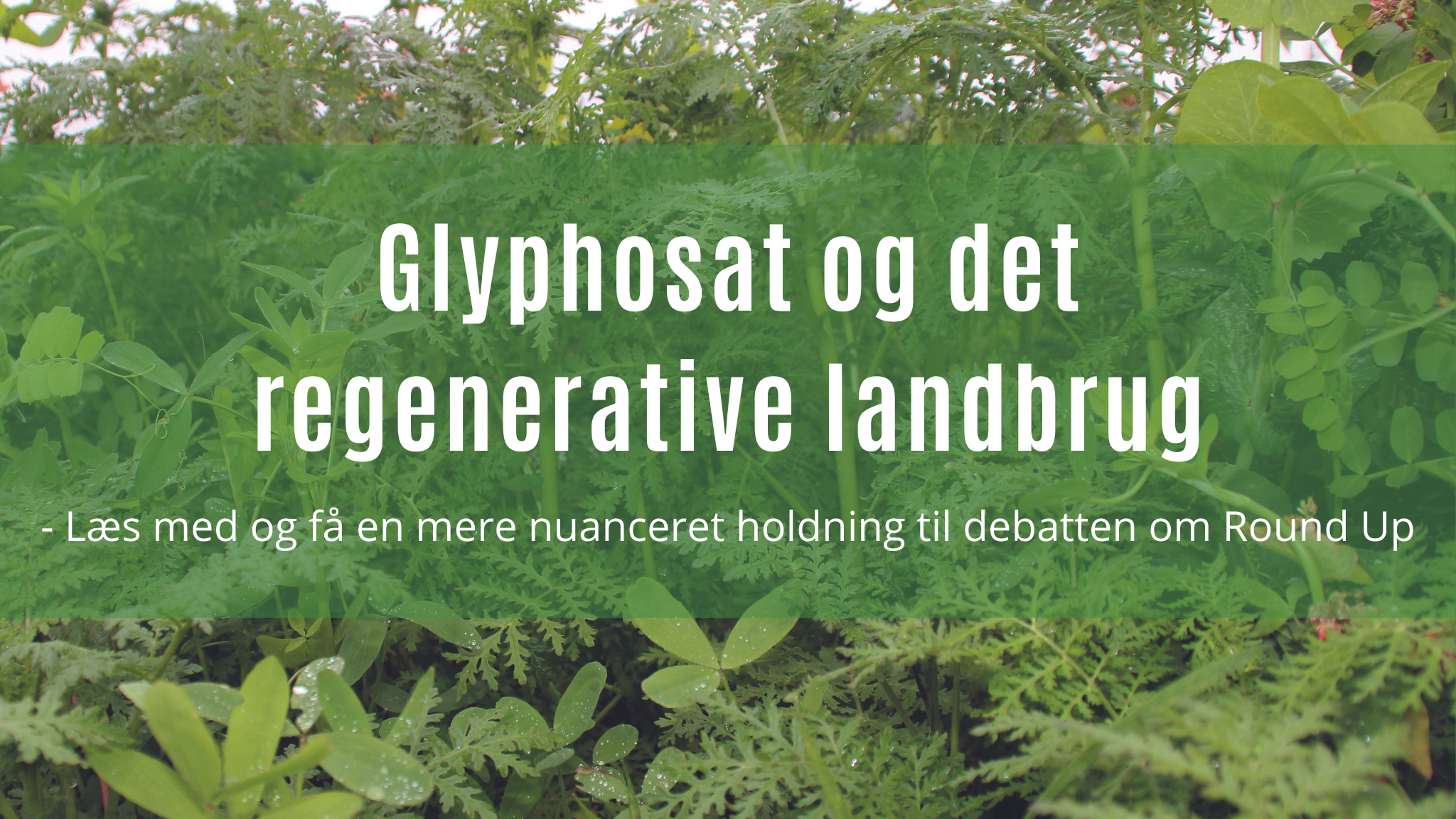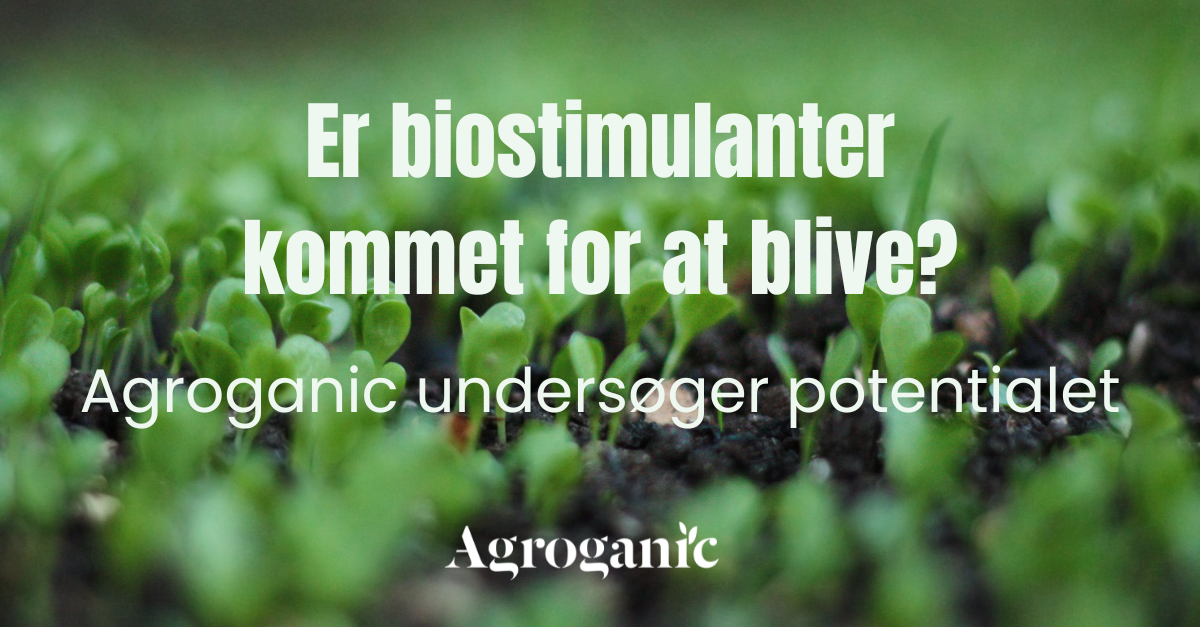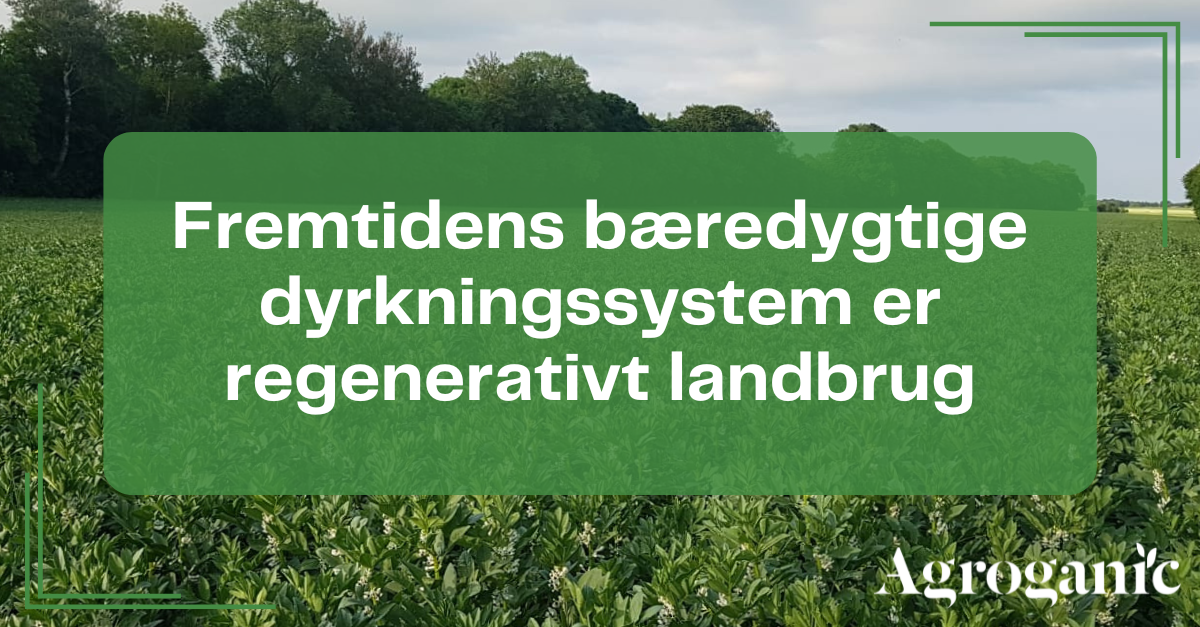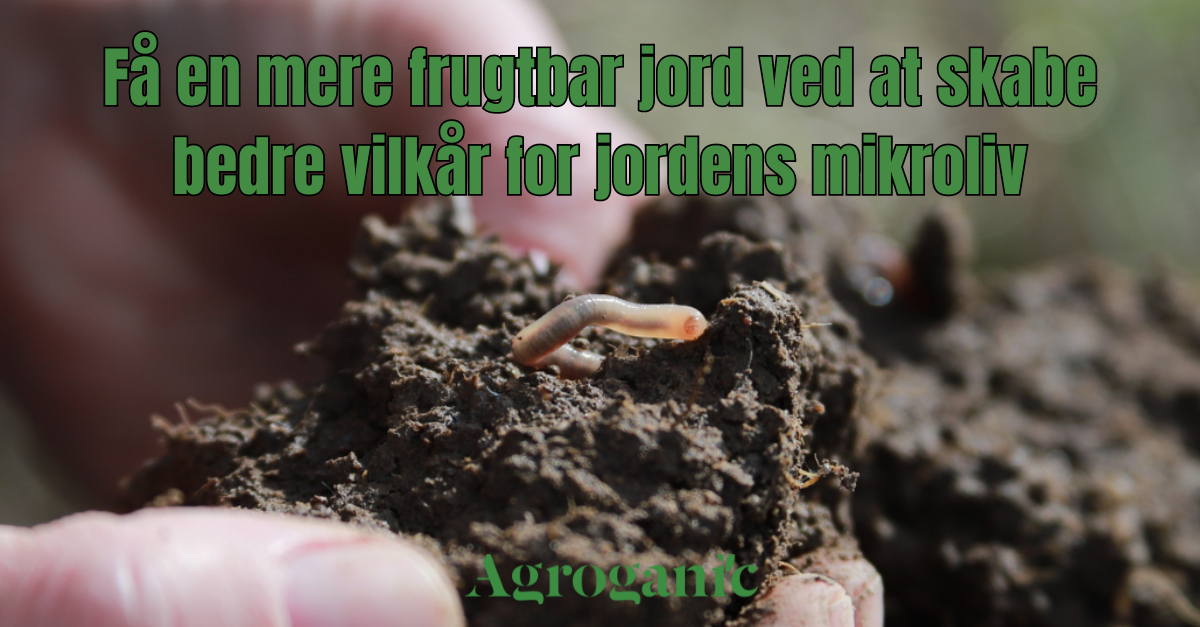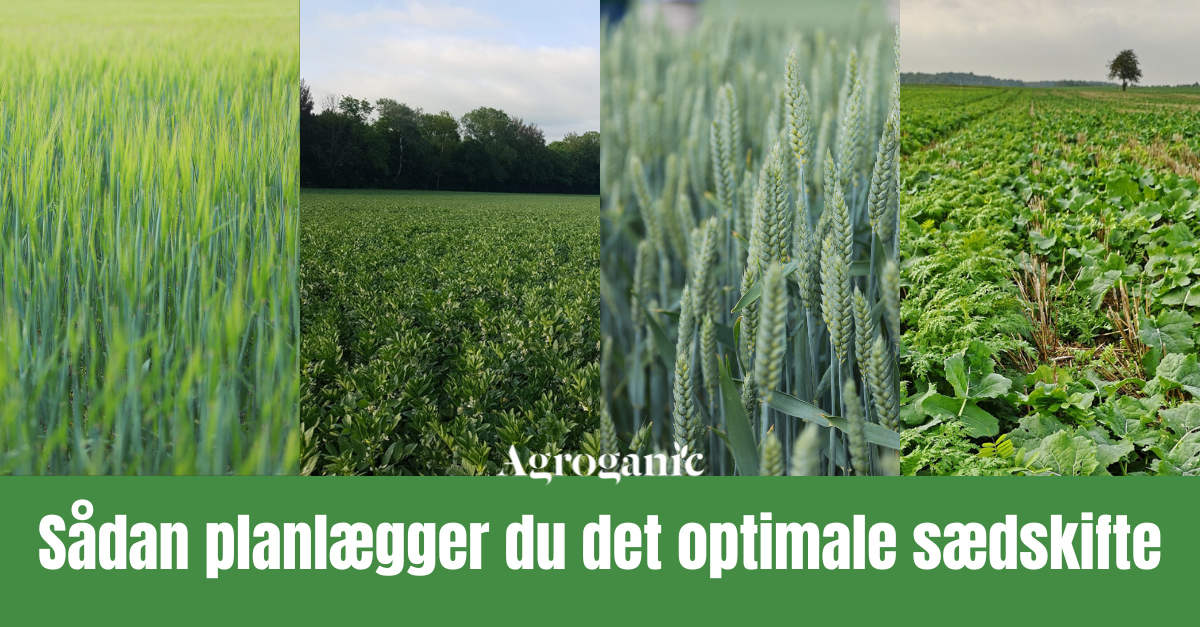Hvad er regenerativt landbrug?
Regenerativt landbrug for begyndere – forstå kerneprincipperne
Begrebet regenerativt landbrug er blevet uundgåeligt når man taler om bæredygtige dyrkningsmetoder. Men hvad betyder det, og hvorfor taler alle pludselig om det?
Baggrund
Traditionel konventionel landbrugspraksis har domineret landbrugssystemet rundt om i verden i årtier. Dette har først til mange negative effekter, såsom degradering af jorden, frigivelse af CO2, vandforurening, eutrofiering og tab af biodiversitet.
På grund af en øget bevidsthed om miljøkriser og jordsundhed, har både landmænd og forskere fokuseret på dyrkningsmetoder som afbøder disse negative effekter. Mange af disse praksisser er gamle, traditionelle principper, som var nødvendige, da det var sværere at dyrke jorden, men nogle af praksisserne er nye og først nu udbredt tilgængelige på grund af teknologisk innovation.
I sit hjerte er regenerativt landbrug centreret omkring flere kerneprincipper designet til at genoprette og forbedre økosystemet: Minimal jordbearbejdning, godt sædskifte, dækafgrøder og reduktion af syntetisk input.
Mange andre praksisser såsom præcisionslandbrug, husdyrsintegration, tilførsel af organisk materiale, biodiversitetsstriber, recirkuleret gødning, agroskovbrug, anvendelse af bladgødskning, ledsageafgrøder, levende jorddække, og bælgplanteintegration kan være værdifulde værktøjer i regenerativt landbrug, men denne artikel fokuserer på kerneprincipperne.
Regenerative kerneprincipper
- Minimal jordbearbejdning:
Traditions jordbearbejdning forstyrrer jordens struktur, skader mikrobielt liv og frigiver lagret kulstof til atmosfæren. Regenerativt landbrug anvender teknikker helt uden eller med minimal jordbearbejdning, der bevarer jordens integritet og fremmer kulstofsbinding.
- God afgrøderotation:
Monocropping udtømmer jordens næringsstoffer og øger sårbarheden over for skadedyr og sygdomme. I modsætning hertil gør en god afgrøderotation at jordsundheden forbedres, skadedyrscyklusser forstyrres og næringsstofkredsløbet forbedres. Undersøgelser har vist, at en god afgrøderotation kan øge afgrødeudbyttet med 10-15 % sammenlignet med monokultursystemer.
- Permanent jorddække med dækafgrøder:
At holde jorden dækket året rundt med dækafgrøder forhindrer erosion, forbedrer vandretention og forbedrer jordens organiske stof. Dækafgrøder, såsom bælgfrugter, fikserer også atmosfærisk nitrogen, hvilket reducerer behovet for syntetisk gødning. Beviser tyder på at dækafgrøder kan reducere jorderosion med mere en 90% og øge jordens organiske stof med op til 1% årligt.
- Reduktion af syntetisk input:
Overforbrug af syntetisk gødning og pesticider kan forringe jordens sundhed og skade gavnlige organismer. Regenerativ dyrkning lægger vægt på brugen af organisk input og biologiske skadedyrsbekæmpelsesmetoder.
Hvorfor er det ikke mere udbredt?
På trods at dets mange fordele er regenerativt landbrug stadig ikke udbredt. Årsagerne til dette er komplekse og talrige, herunder mangel på praktisk viden og uddannelse, økonomiske incitamenter og støttende politikker.
Det kan være en kompliceret proces at komme i gang med regenerativt landbrug, hvis man har dyrket på en bestemt måde hele livet. Derudover kan der være en startomkostning til nyt udstyr, rådgivning og afgrødesorter, samt en periode med lavere udbytte, mens det nye system falder på plads over 3-6 år. Hvis der ikke er økonomisk hjælp eller incitamenter til at komme i gang, kan det være en for stor opgave for mange landbrugere at tage springet.
Hvor kan jeg lære mere?
Tjek vores artikelside, hvor vi har en række indlæg der dækker mange aspekter af regenerativt landbrug i dybden. Hvis du har landbrug eller en aftagervirksomhed, og ønsker at komme i gang med regenerativt landbrug, kan du kontakte os hvis du har lyst til at høre mere.
